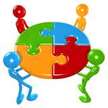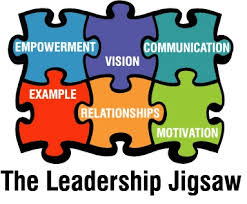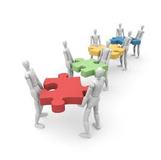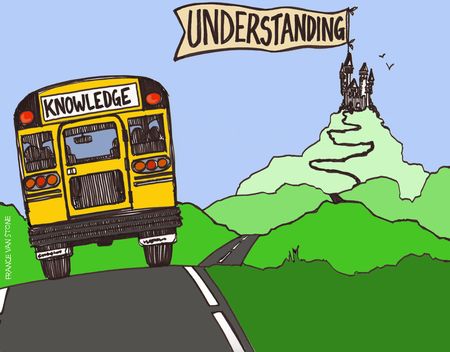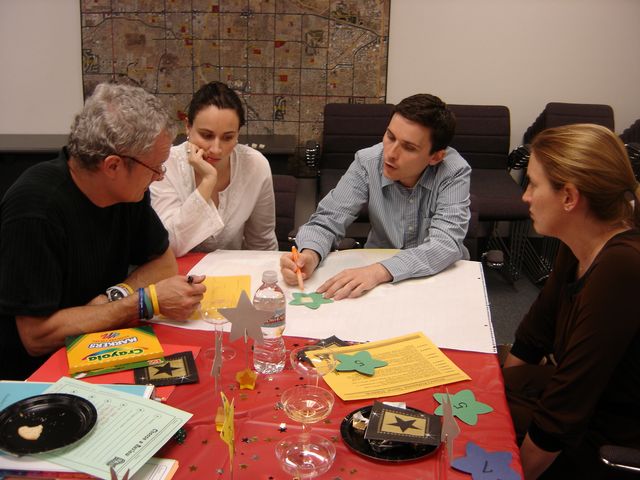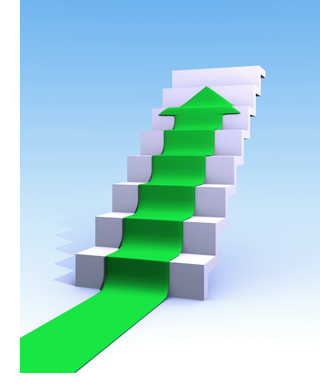PROFESSIONAL LEARNING STANDARDS
The following is a brief overview of the 7 Professional Learning Standards and how we can help your school with this process. A deeper discussion of the big ideas and specifics of each standard can be found by clicking the button above - Review of Standards - (document from Learning Forward), by clicking on the button below - PL Fact Sheet, Talking Points, and FAQ (document by Learning Forward Kansas), or by reviewing the resources listed at the bottom of this page.
All 7 of the PL Standards are critical components of quality professional learning that are designed to work together to produce meaningful, systemic change. If you fail to include even one standard, you have allowed a weak link in your system to sabotage the desired outcomes for both educators and students.
All 7 of the PL Standards are critical components of quality professional learning that are designed to work together to produce meaningful, systemic change. If you fail to include even one standard, you have allowed a weak link in your system to sabotage the desired outcomes for both educators and students.
WHAT THEY ARECollectively working together to improve educator effectiveness and student achievement; using a cycle of continuous improvement that includes inquiry, research, planning, implementation, reflection and evaluation.
******** |
PL STANDARDSLearning Communities
|
HOW WE CAN HELP
************ |
|
Skillful individuals who have the ability to develop capacity, advocate for, and create support systems for effective professional learning. This involves articulating goals, setting expectations, providing resources and time to ensure quality implementation.
******** |
Leadership |
************ |
|
The human, fiscal, material, technology and time elements needed to achieve student learning goals. These must be allocated, protected, and prioritized for effectiveness. The most challenging of these is often TIME. Revising daily or weekly schedules, yearly calendars, or providing summer work time requires a clear focus on the goals, understanding of the importance of collaboration, creativity, and the ability to communicate the changes with all stakeholders.
******** |
Resources |
*********** |
|
Analyze multiple sources of student, educator, and system data to determine effectiveness of professional learning. These should include both quantitative and qualitative data. Examples of data to include: summative and formative assessments; student samples, observations; portfolios; walk throughs; and self-reports.
********* |
Data |
************** |
|
The design of professional learning determines its quality and effectiveness. Integrating theories, research, and models of human learning into the professional learning contributes to its effectiveness.
Other factors to consider are the learning goals, characteristics of the learners, comfort level of the learners, and the magnitude of the expected change, learning environment and availability of resources and support for implementation. ******** |
Learning Designs |
*********** |
|
The goal of professional learning is to apply what is learned to change educator practice and improve student achievement. This requires learning over time, support, resources, constructive feedback, and reflection to effectively implement and sustain the desired changes.
********* |
Implementation |
|
|
Educators and professional learning must be held to high expectations in order to improve student learning. Effective professional learning addresses the expectations of the system for both students and educators. The content of professional learning aligns educator performance with student curriculum standards. Teachers must possess the knowledge and skills to effectively plan, deliver, impact, and evaluate student performance.
|
Outcomes |
|
Professional Learning Standards Resources
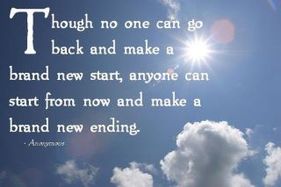
The following articles and websites may increase your understanding of the importance of creating an effective professional learning environment for your school or district. They are intended for use as resources and may reflect different opinions and strategies for your consideration. Making quality professional learning a priority will increase the likelihood of implementing desired changes that impact classroom performance and sustaining those changes over time.
Websites:
Learning Forward - the professional learning association (formerly known as the National Staff Development Council). Many resources on professional learning, strategies to implement quality professional learning, and much, much more.
Learning Forward Kansas - the state affiliate for Learning Forward. Find links to regional and state workshops and conferences; the Direct Connection; resources, and much more.
Sticky Standards - Dayna Richardson's website dedicated to the Professional Learning Standards. This website includes podcasts and other resources which may enhance your understanding of professional learning.
Articles:
The Why, How, and What of Professional Learning - Article by Lois Easton Brown appeared in Tools for Learning Schools, spring 2012 uses the business model by Simon Sinek (2009) on how to effectively plan and implement professional learning that positively impacts and sustains change initiatives.
The Missing Link in School Reform - An article by Carrie Leana in the Stanford Social Innovation Review that focuses on the benefits of collaboration in education and how this has been overlooked as an effective and necessary tool to improve teaching and learning.
Big Picture Look at Professional Learning Communities - a brief summary of the work of Richard DuFour
Collaborative Professional Learning Scenarios - Done as a tool kit for New Jersey educators, this article provides several ways to see what collaborative learning communities "look" like in different parts of the process. Keep in mind the NSDC Professional Learning Standards referred to in this article are the previous standards, not the ones reviewed above.
Pages on This Website:
Adult Learners - information regarding adult learning needs and characteristics.
Change Models - information about factors affecting change and examples of change models that assist leaders and doers as the implement any change initiative.
Websites:
Learning Forward - the professional learning association (formerly known as the National Staff Development Council). Many resources on professional learning, strategies to implement quality professional learning, and much, much more.
Learning Forward Kansas - the state affiliate for Learning Forward. Find links to regional and state workshops and conferences; the Direct Connection; resources, and much more.
Sticky Standards - Dayna Richardson's website dedicated to the Professional Learning Standards. This website includes podcasts and other resources which may enhance your understanding of professional learning.
Articles:
The Why, How, and What of Professional Learning - Article by Lois Easton Brown appeared in Tools for Learning Schools, spring 2012 uses the business model by Simon Sinek (2009) on how to effectively plan and implement professional learning that positively impacts and sustains change initiatives.
The Missing Link in School Reform - An article by Carrie Leana in the Stanford Social Innovation Review that focuses on the benefits of collaboration in education and how this has been overlooked as an effective and necessary tool to improve teaching and learning.
Big Picture Look at Professional Learning Communities - a brief summary of the work of Richard DuFour
Collaborative Professional Learning Scenarios - Done as a tool kit for New Jersey educators, this article provides several ways to see what collaborative learning communities "look" like in different parts of the process. Keep in mind the NSDC Professional Learning Standards referred to in this article are the previous standards, not the ones reviewed above.
Pages on This Website:
Adult Learners - information regarding adult learning needs and characteristics.
Change Models - information about factors affecting change and examples of change models that assist leaders and doers as the implement any change initiative.
The Teaching and Learning Consulting Network, LLC
Supporting the quest to improve teaching and learning
Supporting the quest to improve teaching and learning
